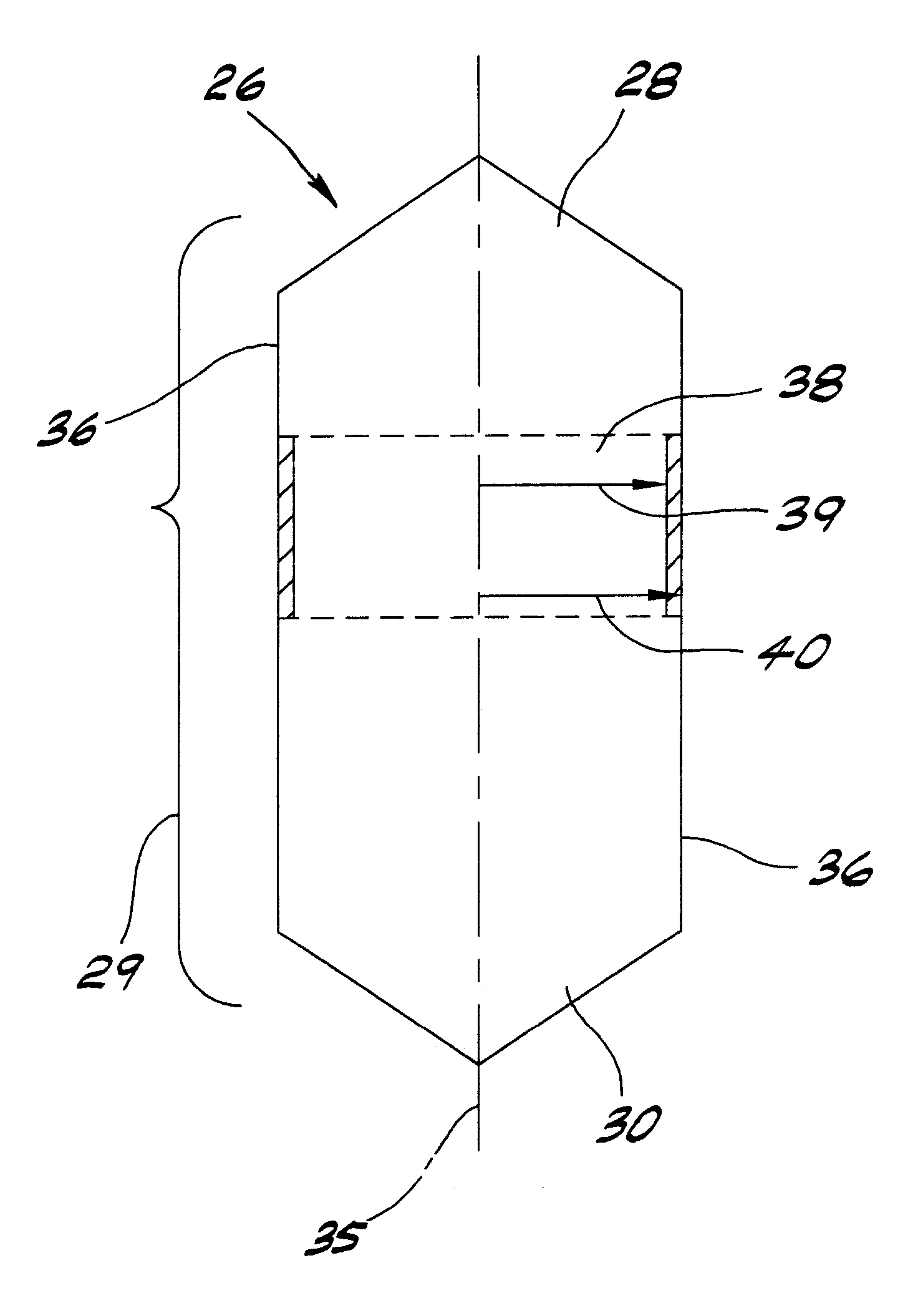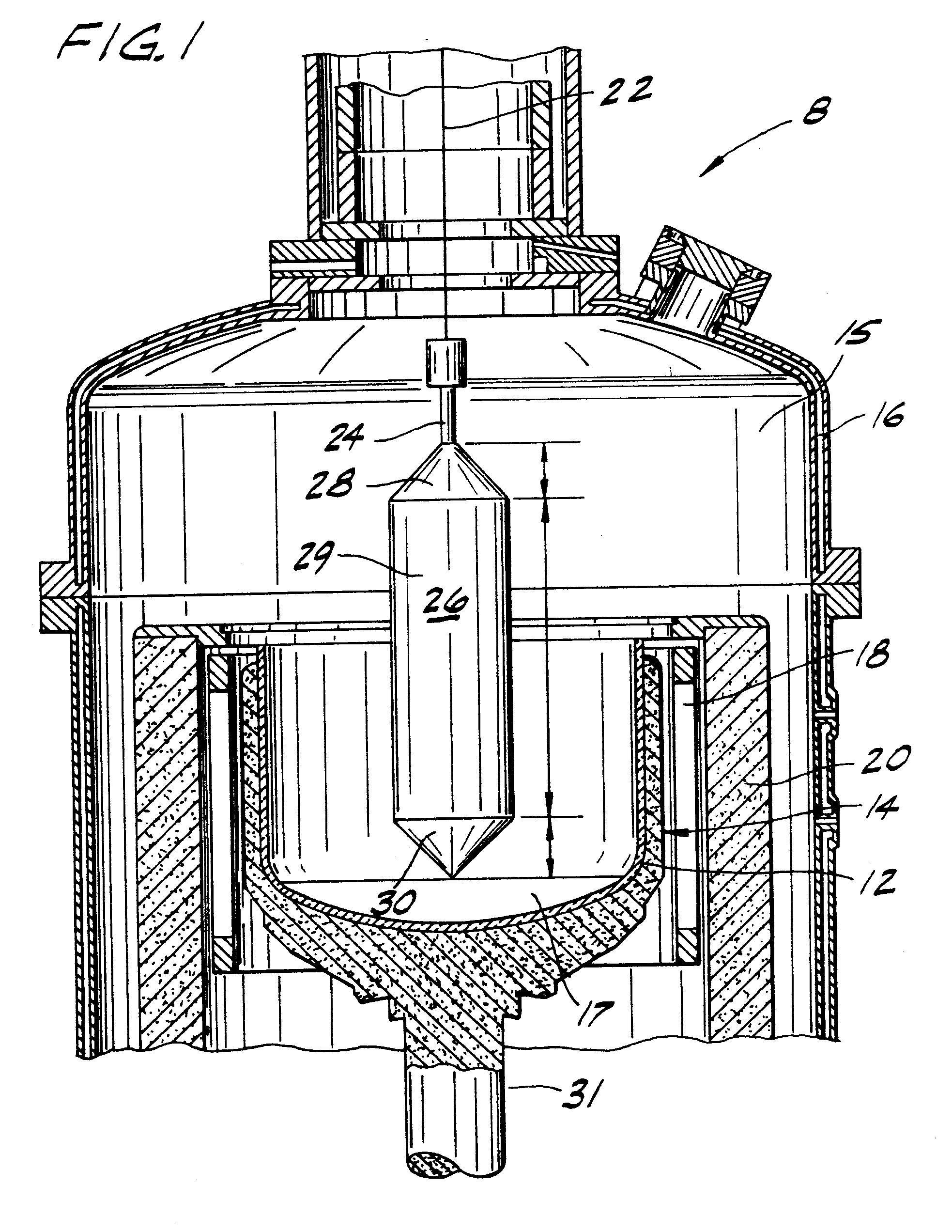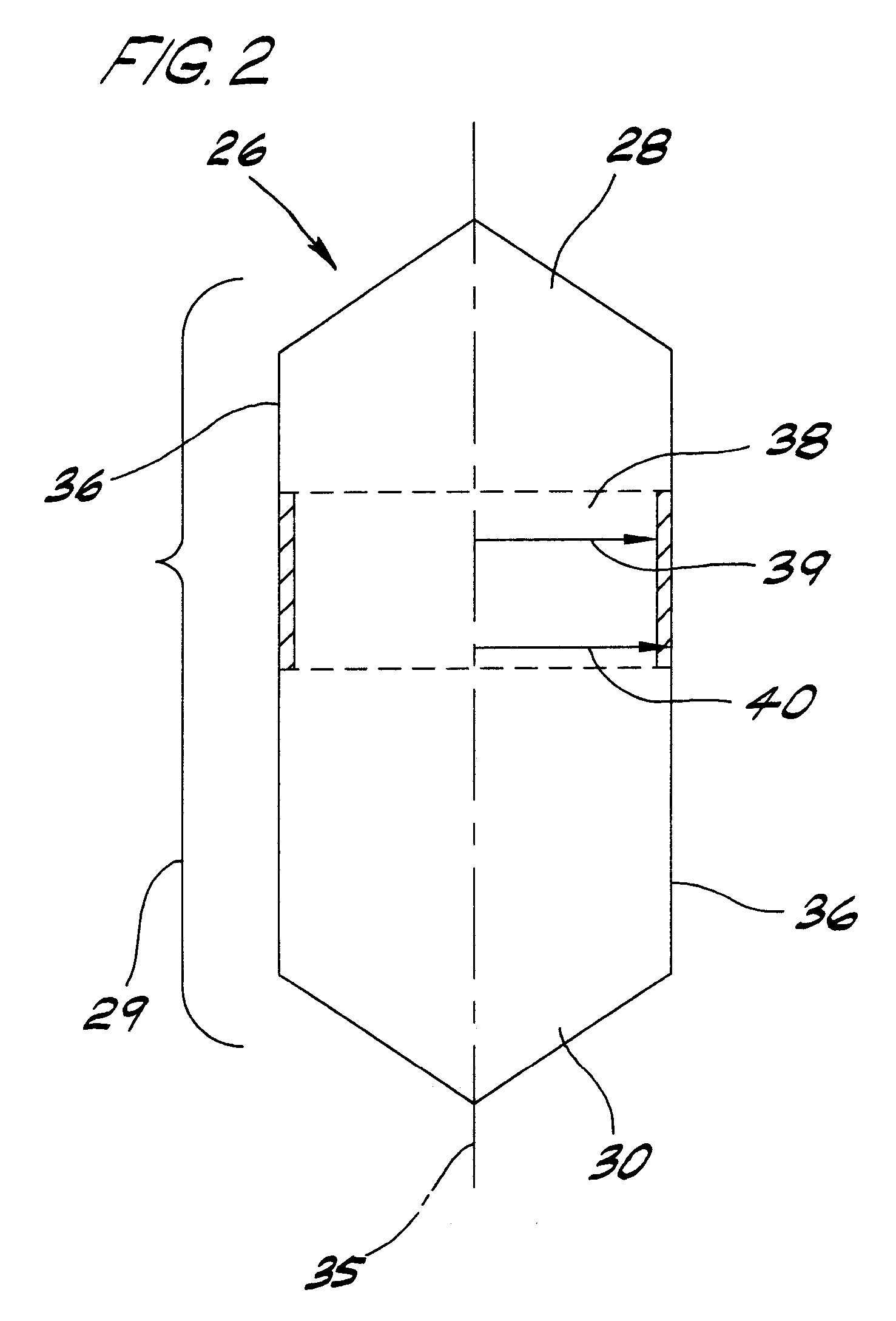Nitrogen-doped silicon substantially free of oxidation induced stacking faults
a technology of nitrogen-doped silicon and stacking faults, which is applied in the direction of polycrystalline material growth, crystal growth process, growth of polycrystalline materials, etc., can solve the problems of affecting the electronic properties of the wafer, affecting the yield potential of the material, and the number of defects in single crystal silicon form
- Summary
- Abstract
- Description
- Claims
- Application Information
AI Technical Summary
Benefits of technology
Problems solved by technology
Method used
Image
Examples
example 1
[0058] A p−-type single crystal ingot having a diameter of 200 mm and {100} crystallographic orientation was pulled from a 24 inch crucible containing about 140 kg of polysilicon and about 320 mg of silicon nitride. The pulling rate was about 1.0 mm / min. The crucible rotation rate was controlled to between about 5 rpm near the seed end of the ingot to about 8 rpm near the tail end of the ingot to yield an oxygen concentration of about 13±0.5 ppma at the center of the crystal (Oic). The crystal rotation rate was about 6 rpm and the oxygen concentration over the length of the constant diameter portion at 6 mm from the edge was between about 10.4 ppma to about 9.3 ppma. The radial gradient of oxygen concentration distribution was about 20% to about 40%. The target nitrogen concentration at the top of the ingot was about 6×1013 atoms / cm3. The target nitrogen concentration at the bottom of the ingot was about 22×1013 atoms / cm3. Due to the very low distribution coefficient of nitrogen in ...
example 2
[0067] A p−-type single crystal ingot of having a diameter of 300 mm and orientation {100} was pulled from a 32 inch crucible containing about 250 kg of polysilicon and about 600 mg of silicon nitride. The pulling rate was about 0.7 mm / min. The crucible rotation rate was controlled between about 4.5 rpm and about 6.5 rpm to yield an oxygen concentration of about 12.5±0.5 ppma at the center of the crystal. The crystal rotation rate was about 4 rpm and the oxygen concentration over the length of the constant diameter portion at 6 mm from the edge was between about 9.0 ppma to about 7.5 ppma. The radial gradient of oxygen concentration distribution was about 20% to about 40%. The target nitrogen concentration at the top of the ingot was 6×1013 atoms / cm3. The target nitrogen concentration at the bottom of the ingot was 15×1013 atoms / cm3.
[0068] The ingot was sliced into wafers which were polished to a specular gloss and a 2.5 μm thick epitaxial layer was deposited on the front surface o...
PUM
| Property | Measurement | Unit |
|---|---|---|
| temperature | aaaaa | aaaaa |
| diameter | aaaaa | aaaaa |
| diameters | aaaaa | aaaaa |
Abstract
Description
Claims
Application Information
 Login to View More
Login to View More - R&D
- Intellectual Property
- Life Sciences
- Materials
- Tech Scout
- Unparalleled Data Quality
- Higher Quality Content
- 60% Fewer Hallucinations
Browse by: Latest US Patents, China's latest patents, Technical Efficacy Thesaurus, Application Domain, Technology Topic, Popular Technical Reports.
© 2025 PatSnap. All rights reserved.Legal|Privacy policy|Modern Slavery Act Transparency Statement|Sitemap|About US| Contact US: help@patsnap.com



